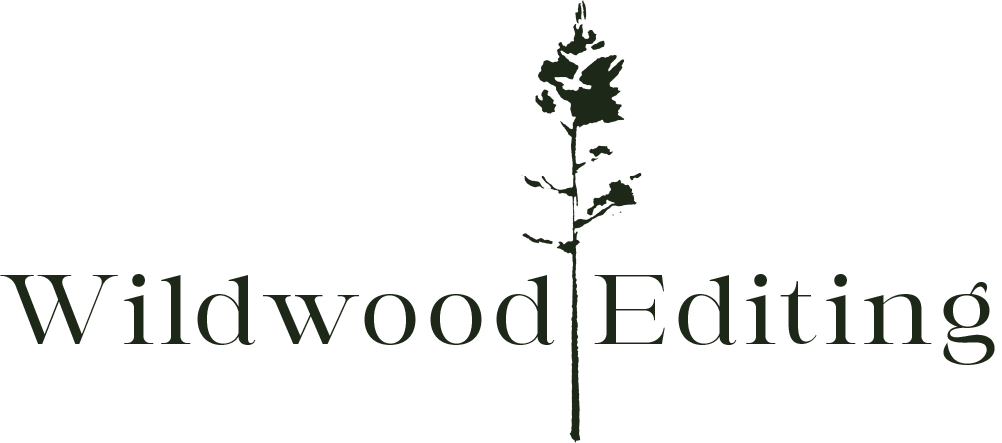
As Karen Yin shares on the Conscious Style Guide, she coined the term conscious language to “describe language that promotes equity, used skillfully in a specific context.” More from Karen:
“Using conscious language involves asking yourself questions such as:
- What are my assumptions about my audience?
- Will this cause harm to historically excluded communities?
- How will history alter the impact of my language choices?
“The most important part of conscious language is the conscious part. Good writers consciously use disagreeable language to strike a dissonant tone. The goal is not to be nice, inoffensive, or politically correct; even language intended to be inclusive and considerate might offend. If you’re interested in using language consciously, then clarify your intentions and evoke and provoke skillfully.
“As with life, have fun with language.”
Why is it essential to be intentional and thoughtful about the words we use?
Editor Crystal Shelley of Rabbit with a Red Pen explains the tenets of conscious language in this blog post.
“Words have the power to do good: to uplift, to inspire, to provoke thought, to represent those who do not see themselves in media. Words also have the power to do harm: to marginalize, to hurt, to reinforce stereotypes, to erase identities. Writers hold these powers in their hands, and my job as an editor is to help writers use their words with intention.”
What are the goals of using sensitive language?
Alex Kapitan of Radical Copyeditor writes in their posts on the problems with the term “politically correct” that sensitive language is not about restricting speech or fear of causing offense.
The goal of sensitive language is to avoid causing harm and perpetuating violence. Using sensitive language is about treating one another with respect and caring about the people who interact with our words.
Additional reading
- Pyramid of Racial & Sexual Violence / Pyramid of Discrimination & Violence: how attitudes and beliefs lead to harm (PDFs)
The Power of Everyday Language to Cause Harm
The Spectrum of Language
Part 2: Insensitive Language Isn’t “Offensive,” It’s Harmful
Part 4: There’s No Such Thing as Being “Oversensitive” over Violence, Trauma, and Oppression
Learning for Justice | Education Resources
The Journalist’s Resource
The intersectionality wars
Conscious Language Style Guides
- The Conscious Style Guide
- A Progressive’s Style Guide from SumOfUs.org and ActivistEditor.com (PDF)
- Bias-Free Language from the American Psychological Association (APA Style)
- The Micropedia – resource on microaggressions
- The Diversity & Inclusion Glossary
- The Diversity Style Guide
- The Word List of Diversity & Contested Terms from the Editorial Freelancers Association
- Inclusive Language Guidelines from the APA
- Guidelines for Inclusive Language from the Linguistic Society of America
- Global Press Style Guide
- BuzzFeed’s Style Guide
Specific Topics
The style guides linked above cover a variety of topics. Articles and resources that offer further exploration are linked below.
Race & Ethnicity
Words for Skin Tone | How to Describe Skin Color
- If White Characters Were Described Like People Of Color In Literature
The Micropedia of Microaggressions – the first encyclopedia of microaggressions.
Glossary | Racial Equity Tools
Drop the Hyphen in “Asian American” – Conscious Style Guide
Mother Jones’ Style Guide on race
Guidances & Resources, Asian American Journalists Association
Native American Journalists Association
Thirty Everyday Phrases that Perpetuate the Oppression of Indigenous Peoples
Citing Indigenous Elders and Knowledge Keepers
Land Reparations & Indigenous Solidarity Toolkit
Beyond Land Acknowledgment: A Guide – Native Governance Center
Ask a Radical Copyeditor: Black with a Capital “B”
- Home – Jewish English Lexicon
Gender & Sexuality
The Radical Copyeditor’s Style Guide for Writing About Transgender People
Gender and Inclusive Language — Rabbit with a Red Pen
Style Guide from the Trans Journalists Association
Mother Jones’ Style Guide on gender
GLAAD Media Reference Guide – Transgender People
What’s in a Word: Queer
Ask a Radical Copyeditor: What’s the Best Way to Refer to Everyone Who Isn’t Cis?
Bodies, Health, & Disability
Disability Language Style Guide
A Quick Style Guide for Writing Disability-Focused Content
Ableism in Writing and Everyday Language — Rabbit with a Red Pen
- Ableism Is Embedded In Our Language. We Can Dismantle It.
On “Person-First Language”: It’s Time to Actually Put the Person First
Three disability questions every editor should ask
Don’t be scared to talk about disabilities. Here’s what to know and what to say : Life Kit
Mother Jones’ Style Guide on health
- How Autistic People Are Showing The Limitations Of Person-First Language
- Guidelines for Reporting and Writing about People with Disabilities (PDF)
- BuzzFeed’s Style Guidelines For Writing About Mental Health
- Ableism/Language
- Identity and Hypocrisy: A Second Argument Against Person-First Language
What Is Identity-First Language, & Should You Use It?
The Language of Food and Bodies — Rabbit with a Red Pen
Age
The Language of Aging, Illness, and Death — Rabbit with a Red Pen
When Does Someone Become ‘Old’?
- ‘Elderly’ No More
Age – Conscious Style Guide
- Age
& More
- Home – Jewish English Lexicon
- The Language Project on criminal justice
The Language of Food and Bodies — Rabbit with a Red Pen
- UNHCR viewpoint: ‘Refugee’ or ‘migrant’ – Which is right?
Mother Jones’ Style Guide on immigration
Mother Jones’ Style Guide on names of people & places; languages; nationalities
Mother Jones’ Style Guide on religion
- Reporting on Sexual Violence (this shouldn’t be a topic we explore in Pathfinder or Starfinder)
Should I Use the Adjective “Diverse”?
Trope with Caution
Many common themes and devices used in media center harmful stereotypes, including the examples below.


